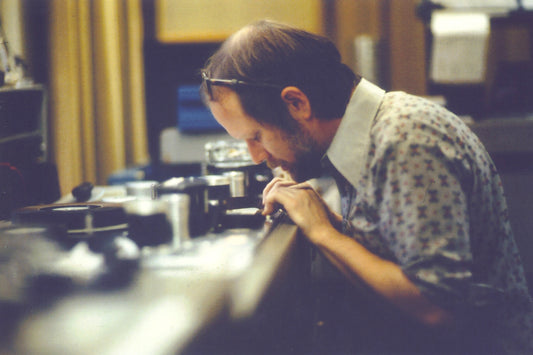
John McGuire "Pulse Music", Liner notes and Interview
Tim Rutherford-Johnson interviews John McGuire about his Pulse Music series and Paul V. Miller discusses its unique place in musical history.
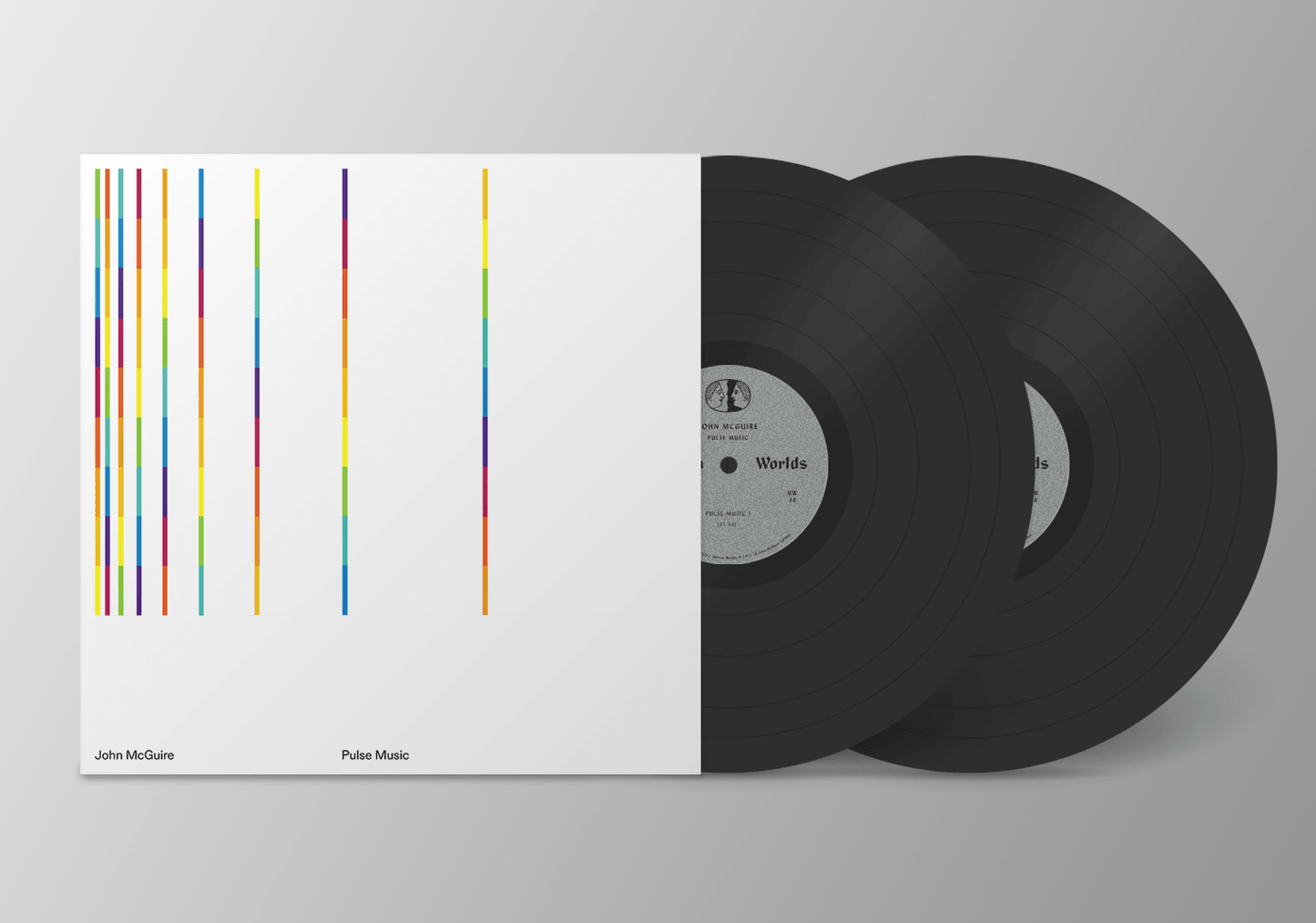
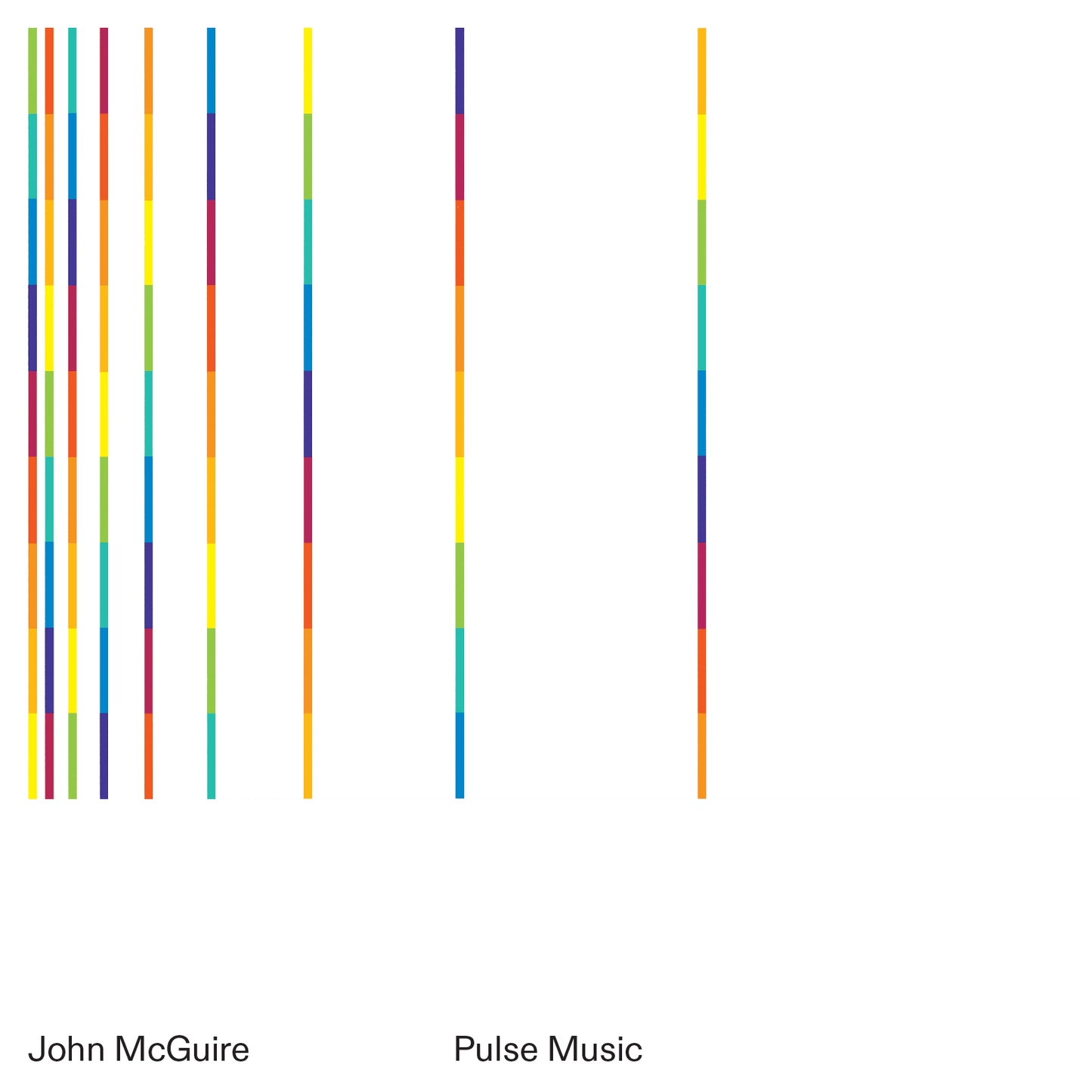
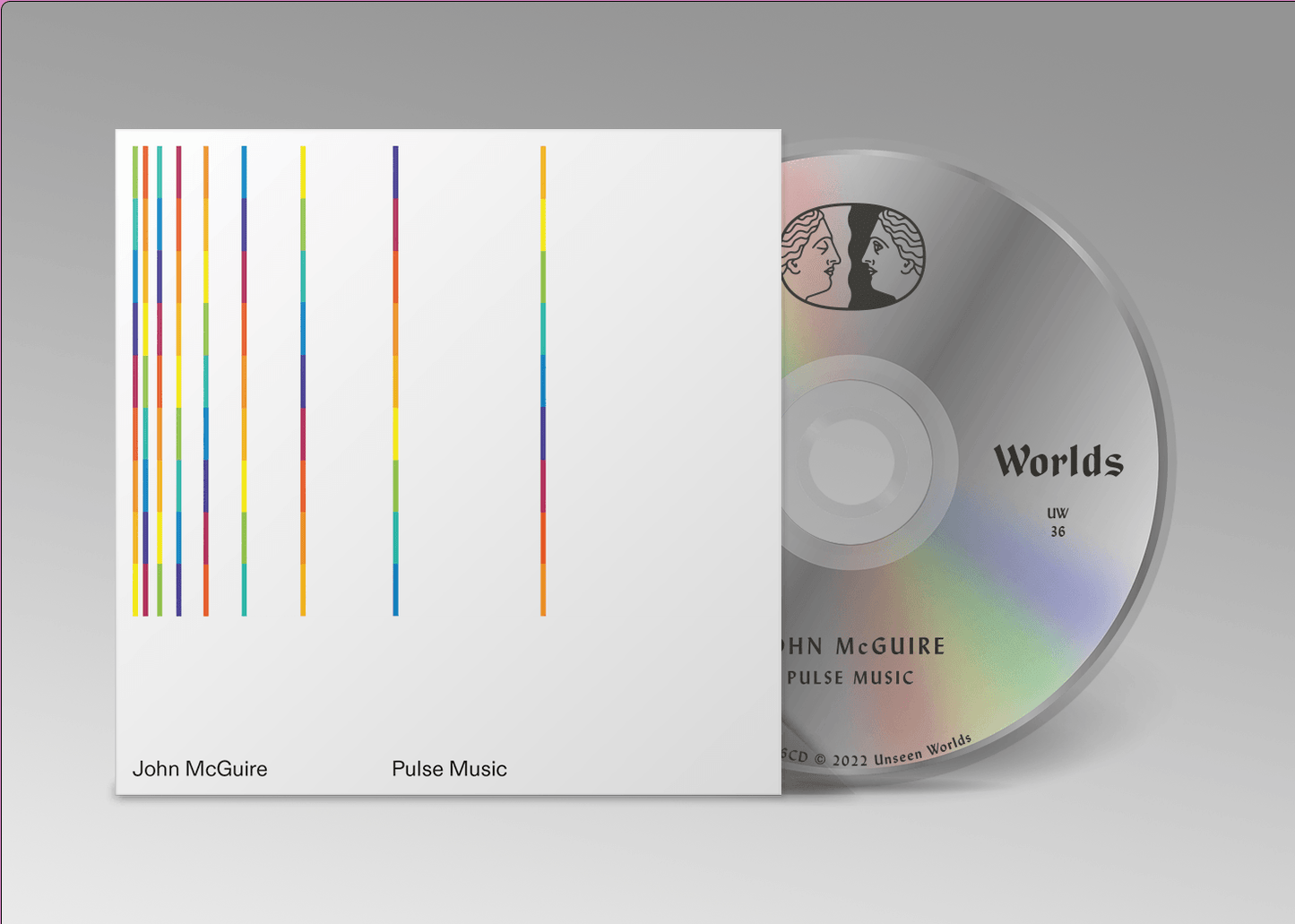
Presented together for the first time, American composer John McGuire’s Pulse Music series (1975-1979) blurs the popular narrative that Minimalism was a reaction against Europe’s angular, intellectual, inscrutable high-modernism. McGuire, born in California, studied at Occidental College in Los Angeles and UC Berkeley before going to Europe to study with Karlheinz Stockhausen, Krzysztof Penderecki, and Gottfried Michael Koenig. His compositions lock serialism’s warped geometries onto an evenly spaced grid, perfectly preserving serial music’s multi-dimensionality while smoothing its wildest disjunctures and sharpest angles. If serialism is Montreal’s Habitat 67 modular housing complex, McGuire’s Pulse Music compositions are the primary-colored grids of Le Corbusier’s L’Habitation apartment complex — an exuberant expression of the same materials and principles.
Every layer of pulses is made distinct through its timbre, register, and tempo. We hear them as a plurality, organized like stars in the sky. Every so often the sky rotates and the stars appear in a different arrangement. Our ear naturally starts to draw connections and, as it sweeps between one layer and another, what was discrete becomes continuous. Pulses become flows; quantitative reality becomes qualitative experience.
McGuire’s pulse pieces were realized electronically, in the newly built Studio for Electronic Music at the State University of Cologne and WDR, but Pulse Music II adapted his ideas to an orchestral canvas. Commissioned retrospectively by the composer and radio producer Hans Otte for his Pro Musica Nova festival at Radio Bremen. Alongside the Bremen orchestra, conducted by Klaus Bernbacher, were four pianists—Christoph Delz, Herbert Henck, Deborah Richards, Doris Thomsen—and McGuire himself playing a series of twelve drone-like chords on the organ. The techniques of the electronic Pulse Music pieces required a speed and precision too great for live musicians, so for Pulse Music II McGuire adapted his method to an expanding progression of durations; this had the advantage of being much slower and requiring none of the carefully calibrated tempo changes of Pulse Music I or III. It was still based, says the composer, “on what seemed to me an interesting foray into a completely different kind of time structure. Complex time structures had, by 1975, become a condition for me in two senses: a compositional requirement and maybe an illness.” The present recording was made by Radio Bremen at the work’s first and only performance, and has been held in their archive until now. “108 Pulses” – originally composed a proof-of-concept piece and realized as a single, repeating loop in a 20 minute tableau – is also presented here for the first time.
2LP TRACK LIST
A1. Pulse Music I (21:44)
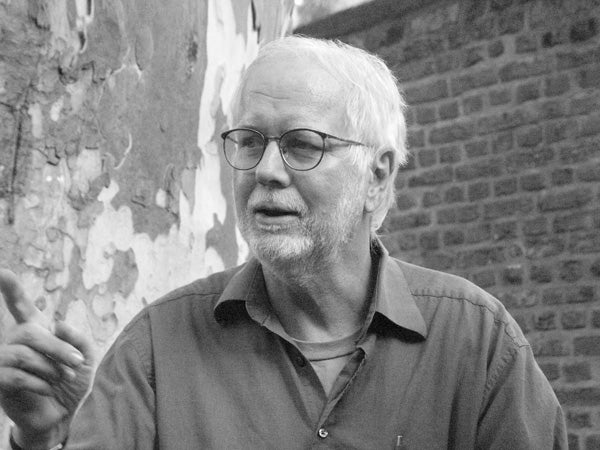
John McGuire (b. 1942) was born in Artesia, California. After completing his BA in music at Occidental College, Los Angeles (where he studied composition with Robert Gross), he received a series of travel scholarships that allowed him to study in Europe with Krzysztof Penderecki at the Folkwang Hochschule in Essen (1966–8) and with Stockhausen at Darmstadt (1967, 1968). After completing his MA at the University of California, Berkeley, in 1970, he returned to Europe, where he studied computer composition with Gottfried Michael Koenig at the Institute for Sonology in Utrecht, Netherlands (1970–71), before settling in Germany, where he remained until 1998. Between 1975 and 1977 he studied electronic music at the Hochschule für Musik (State Conservatory for Music) in Cologne, composing 108 Pulses, Pulse Music I and Pulse Music II during this time (in 1977 Pulse Music II was commissioned retrospectively by the composer and radio producer Hans Otte for his Pro Musica Nova festival at Radio Bremen). In 1978 Pulse Music III was the second of six commissions from Westdeutsche Rundfunk (the first was Frieze for four pianos, also commissioned retrospectively, in 1976) and was realized in the famous WDR electronic music studio in which Stockhausen had composed his first electronic works.
McGuire’s music, which combines influences from California and central Europe, is often described as a synthesis of serialism and minimalism, although this is an over-simplification. Certainly the role of Stockhausen in his musical development is undeniable, not only directly through his classes, but also indirectly through the friendships and associations McGuire made while he was living and working in Cologne: a crucial role was played by the Feedback Studio, a loose association of composers who had all either studied with Stockhausen or performed as part of his ensemble at the 1970 World’s Fair in Osaka. Yet although McGuire’s technique draws upon the parametrical and pulse-based thinking of Stockhausen’s work of the 1950s (and, to a lesser extent, anticipates much later pieces such as Cosmic Pulses of 2006–7), it applies that to a much more minimalist aesthetic based on processes of looping and layering, and simpler harmonic and rhythmic ratios. In this interview with Tim Rutherford-Johnson he describes his early career, and how he arrived at the musical style of 108 Pulses and Pulse Music I–III.